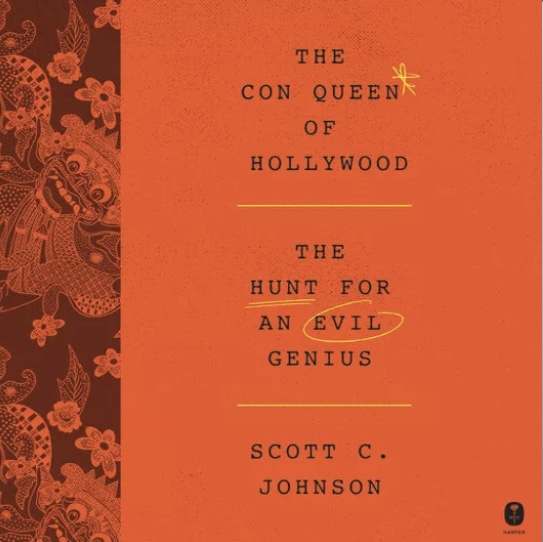
Assuming Names: A Con Artist's Masquerade
Book Description
Caught in a web of deception, a masterful con artist weaves through identities like a chameleon through shadows, each name a new chance and every lie a step closer to freedom. As embers of betrayal spark and trust shatters, alliances are tested and lives hang in the balance. The thrill of the con collides with the weight of secrets, pushing the boundaries of loyalty and danger. With every daring escapade, the stakes rise, and the lines blur between predator and prey. Just how far will one woman go to escape her past—and in the end, who will pay the ultimate price?
Quick Book Summary
"Assuming Names: A Con Artist's Masquerade" is a captivating memoir by Tanya Thompson, exploring her real-life exploits as a young woman who slips effortlessly into different identities. Posing alternately as a detective, heiress, and crime boss, Tanya deceives authorities, criminals, and high society alike, testing the limits of credulity and daring. As her masquerade grows increasingly elaborate, she finds herself entangled in dangerous games with both allies and adversaries, where trust is scarce and every move could be her undoing. Beneath the humor and bravado, the book examines questions of identity, self-invention, and survival, making readers question the boundaries between truth and deception in our own lives. It's a whirlwind tale of wit, risk, and the compelling lure of the con.
Summary of Key Ideas
Table of Contents
The Psychology of Deception and Identity
At the heart of "Assuming Names" lies a deep exploration into the psychology of deception and the fluidity of identity. Tanya, fascinated by the art of the con, learns early how malleable people's perceptions can be. Through shrewd observation and a magnetic presence, she slips into various roles—investigator, debutante, and even a shadowy mobster. Her willingness to manipulate reality reveals not only the vulnerabilities of her targets but also the subconscious motivations that drive such a lifestyle, delving into the compulsion to reinvent oneself as a means of seeking power or refuge.
Blurred Moral Boundaries and Consequences
The book dives into moral ambiguity, portraying con artistry not just as a crime but also as a method of survival and self-expression. Tanya's world is painted in shades of grey, where the thrill of outwitting both criminals and law enforcement becomes a dangerous addiction. She forms strategic alliances, some genuine, others deceptive, illustrating how loyalty and betrayal are often indistinguishable when trust is in constant flux. The lines between right and wrong continually blur as Tanya justifies her actions in pursuit of autonomy and excitement.
The Art of Social Engineering
Central to Tanya’s schemes is her mastery of social engineering. She leverages charisma, quick thinking, and an uncanny ability to read people, exploiting institutional blind spots and gaining access to exclusive worlds. The narrative exposes the tricks and techniques behind successful imposture—lying with confidence, controlling narratives, and leveraging societal expectations. Her adventures reveal how social structures can be fragile and easily manipulated, shedding light on broader themes of trust and authority.
Risks, Escalation, and the High-Stakes Game
As Tanya’s deceptions escalate, so do the risks and consequences. Each new identity and ruse brings her closer to exposure, as her world becomes more entangled with dangerous criminals and relentless investigators. The tension rises with every close call, emphasizing the ever-present threat of disaster. The stakes are not merely freedom or capture but involve real danger to herself and those who become collateral damage. The thrill of the con is matched only by the peril it invites, creating a relentless pace and atmosphere of suspense.
Unraveling Truth and the Search for Redemption
Ultimately, "Assuming Names" peels back the layers of Tanya’s persona, confronting the reader with profound questions about truth and redemption. As the masquerade unravels and the weight of deceit takes its toll, Tanya is forced to examine her motivations and the consequences she has wrought. The memoir ends not just as a chronicle of audacious exploits, but as a meditation on the human need for reinvention and the costs of living a life built on shifting sands. The line between predator and prey, author and audience, becomes beautifully, troublingly uncertain.
Download This Summary
Get a free PDF of this summary instantly — no email required.





